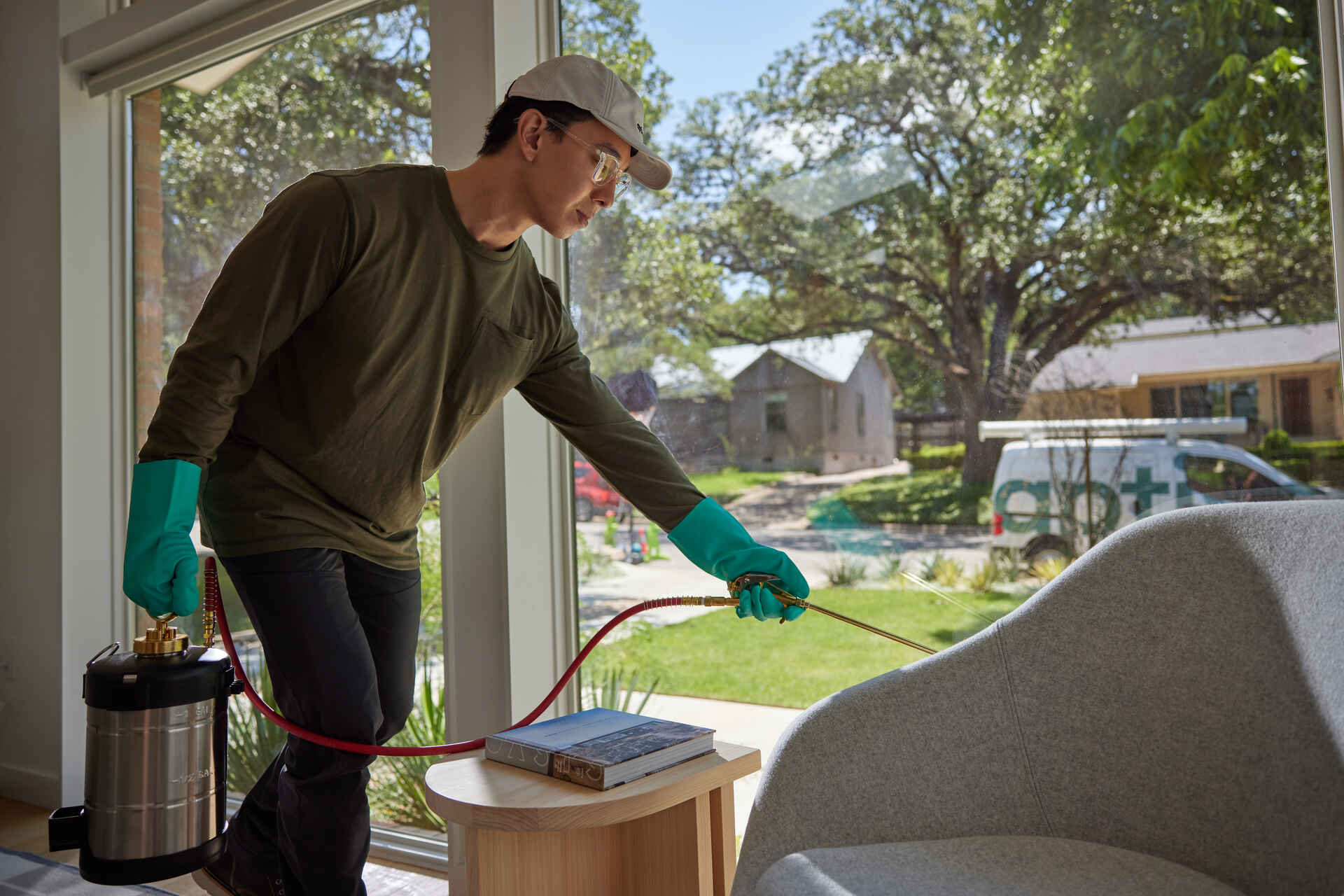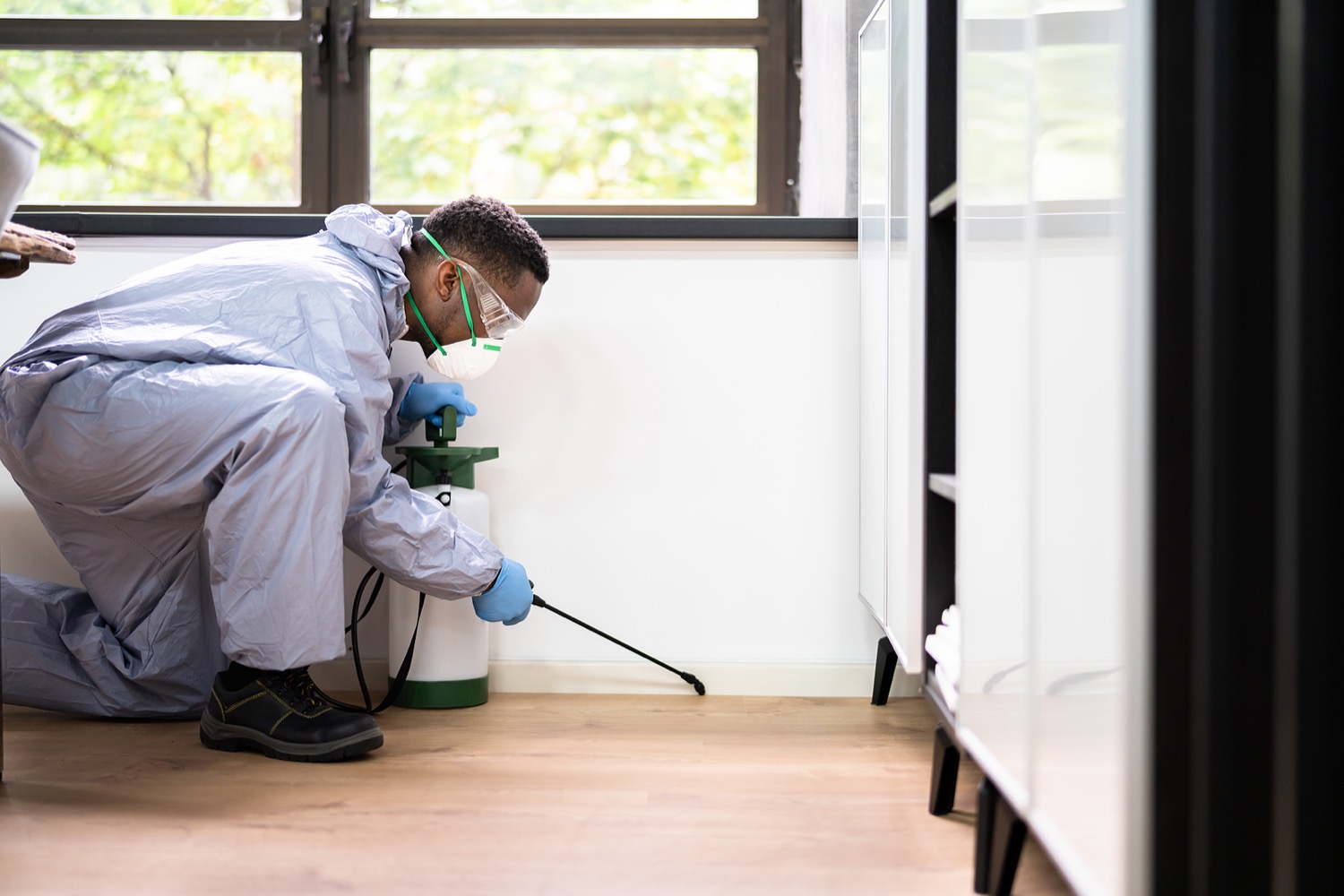Understanding the Art of Parasite Control: Proven Techniques for Long-Term Prevention and Removal
Insect infestations can be a persistent difficulty for home owners and companies alike, requiring a tactical approach to properly take care of and get rid of these unwanted trespassers. By understanding the art of insect control with tried and tested methods for lasting prevention and obliteration, one can develop a positive protection versus possible dangers. Comprehending the actions of parasites, applying incorporated bug management techniques, and using natural treatments are simply a couple of vital parts vital to achieving long lasting success in this venture. Nonetheless, the ins and outs of maintaining sanitation, carrying out regular evaluations, and attentive monitoring play equally essential functions in maintaining a pest-free environment. As the battle versus bugs continues to develop, taking on a detailed technique ends up being paramount in securing your residential property from potential injury.
Comprehending Bug Behavior
To effectively implement parasite control methods, it is vital to understand the elaborate behaviors showed by various bugs in various settings. Recognizing pest actions is an essential facet of developing efficient parasite management plans. Each insect types has one-of-a-kind habits and preferences that influence their feeding, motion, and breeding patterns. By examining these behaviors, insect control specialists can identify the most weak spots in the insect's life process to target interventions better.
For example, rodents like mice and rats are nighttime creatures that like dark, remote areas near to a food resource. a1 pest control in portland oregon bed bugs. Recognizing this, parasite control experts can focus on sealing entry factors and eliminating food attractants to hinder these parasites. In comparison, bugs such as cockroaches prosper in warm, damp locations with accessibility to water. By attending to moisture issues and sealing cracks and holes, infestations can be substantially minimized.
Implementing Integrated Bug Management
Carrying Out Integrated Parasite Administration entails utilizing an all natural method to resolve insect concerns by incorporating various control methods and methods. This method stresses prevention, tracking, and control of insects with a mix of biological, cultural, physical, and chemical interventions. By incorporating numerous strategies, Integrated Bug Administration (IPM) aims to reduce using chemicals while efficiently taking care of pest populaces.
Avoidance is also an essential concept of IPM, concentrating on removing factors that attract bugs, such as food, sanctuary, and water. Routine surveillance and examination are vital to spot bug invasions early and avoid them from rising.
Furthermore, IPM promotes the usage of ecologically pleasant and sustainable parasite control approaches to minimize injury to non-target organisms and the bordering ecological community - a1 residential pest control portland or bed bugs. By taking on an Integrated Insect Monitoring technique, people and services can properly handle insects while decreasing reliance on chemical pesticides
Making Use Of All-natural Solutions
Structure upon the structure of Integrated Bug Management, a change towards using natural treatments supplies a green Web Site strategy to pest control. Natural treatments harness the power of nature to deter and get rid of bugs without the use of extreme chemicals that can damage the environment, people, and advantageous microorganisms.

In addition, growing pest-repelling plants like marigolds, lavender, control pest services and mint around homes and yards can help hinder bugs naturally. These plants give off odors that pests discover unpleasant, driving them away without the need for chemical treatment.
Maintaining Cleanliness and Health

Regularly examining and cleaning hard-to-reach locations such as behind home appliances, under sinks, and in storage closets is vital for identifying and getting rid of prospective insect habitats. Mess must be reduced as insects typically seek refuge in heaps of items or particles. Executing a regular cleaning routine and making certain all participants of the house or workers are educated on appropriate health techniques can go a lengthy means in pest avoidance. By maintaining tidiness and health standards, the atmosphere becomes less welcoming to pests, ultimately supporting long-lasting bug control initiatives.
Routine Examinations and Surveillance
Regular inspections and keeping an eye on play an important duty in proactively determining and addressing potential pest concerns before they rise. By performing routine inspections of both the interior and exterior of a home, pest control experts can detect early indicators of infestations, bug entry points, and problems conducive to insect task.
Consistent tracking permits the very early detection of insect troubles, enabling swift treatment to avoid widespread invasions that can be pricey and challenging to get rid of. Furthermore, normal inspections and monitoring help to abide by regulatory requirements and preserve a risk-free, pest-free setting for residents. Applying a proactive approach through routine evaluations and tracking is a foundation of effective bug administration, offering peace of mind and long-term defense against pest threats.
Verdict
To conclude, mastering the art of pest control includes understanding insect habits, carrying out integrated insect monitoring, making use of all-natural solutions, preserving tidiness and hygiene, and conducting normal inspections and surveillance. By adhering to these tried and tested strategies for lasting avoidance and elimination, individuals can efficiently manage pest problems and develop a much healthier and much safer atmosphere for themselves and their environments.
To properly apply bug control methods, it is crucial to understand the complex behaviors exhibited by numerous parasites in different environments (a1 portland pest control bed bugs). By studying these behaviors, bug control professionals can recognize the most susceptible factors in the insect's life cycle to target interventions a lot more successfully
Executing Integrated Pest Monitoring involves making use of an alternative method to resolve bug concerns by incorporating different control tactics and approaches. By keeping tidiness and check over here hygiene criteria, the atmosphere comes to be less hospitable to pests, eventually supporting long-lasting parasite control efforts.
By conducting regular evaluations of both the interior and outside of a building, insect control professionals can find early indicators of invasions, insect entry factors, and problems helpful to insect task.